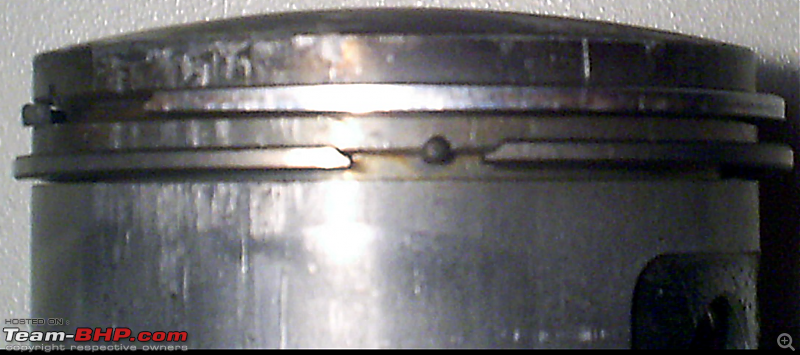| | #1 |
| BHPian Join Date: Dec 2020 Location: KA-21
Posts: 637
Thanked: 3,542 Times
| |
| |  (20)
Thanks (20)
Thanks
|
| |
| | #2 |
| Distinguished - BHPian  | |
| |  (15)
Thanks (15)
Thanks
|
| | #3 |
| Distinguished - BHPian  | |
| |  (47)
Thanks (47)
Thanks
|
| | #4 |
| Distinguished - BHPian  Join Date: Apr 2010 Location: Bangalore/Pune
Posts: 2,003
Thanked: 22,774 Times
| |
| |  (13)
Thanks (13)
Thanks
|
| | #5 |
| BHPian Join Date: Jan 2020 Location: Vadodara
Posts: 31
Thanked: 71 Times
| |
| |  (2)
Thanks (2)
Thanks
|
| | #6 |
| BHPian Join Date: Dec 2020 Location: KA-21
Posts: 637
Thanked: 3,542 Times
| |
| |  (1)
Thanks (1)
Thanks
|
| | #7 |
| Distinguished - BHPian  Join Date: Apr 2010 Location: Bangalore/Pune
Posts: 2,003
Thanked: 22,774 Times
| |
| |  (1)
Thanks (1)
Thanks
|
| | #8 |
| BHPian Join Date: May 2010 Location: Chandigarh
Posts: 531
Thanked: 1,125 Times
| |
| |  (2)
Thanks (2)
Thanks
|
| | #9 |
| BHPian Join Date: Dec 2020 Location: KA-21
Posts: 637
Thanked: 3,542 Times
| |
| |
| | #10 |
| Distinguished - BHPian  | |
| |  (3)
Thanks (3)
Thanks
|
| | #11 |
| Distinguished - BHPian  | |
| |  (4)
Thanks (4)
Thanks
|
| |
| | #12 |
| BHPian Join Date: Dec 2012 Location: Bangalore
Posts: 398
Thanked: 415 Times
| |
| |  (2)
Thanks (2)
Thanks
|
| | #13 |
| BHPian | |
| |
| | #14 |
| BHPian Join Date: Dec 2020 Location: KA-21
Posts: 637
Thanked: 3,542 Times
| |
| |  (3)
Thanks (3)
Thanks
|
| | #15 |
| BHPian Join Date: Sep 2009 Location: Bangalore
Posts: 662
Thanked: 1,829 Times
| |
| |  (2)
Thanks (2)
Thanks
|
 |
Most Viewed









 .
.